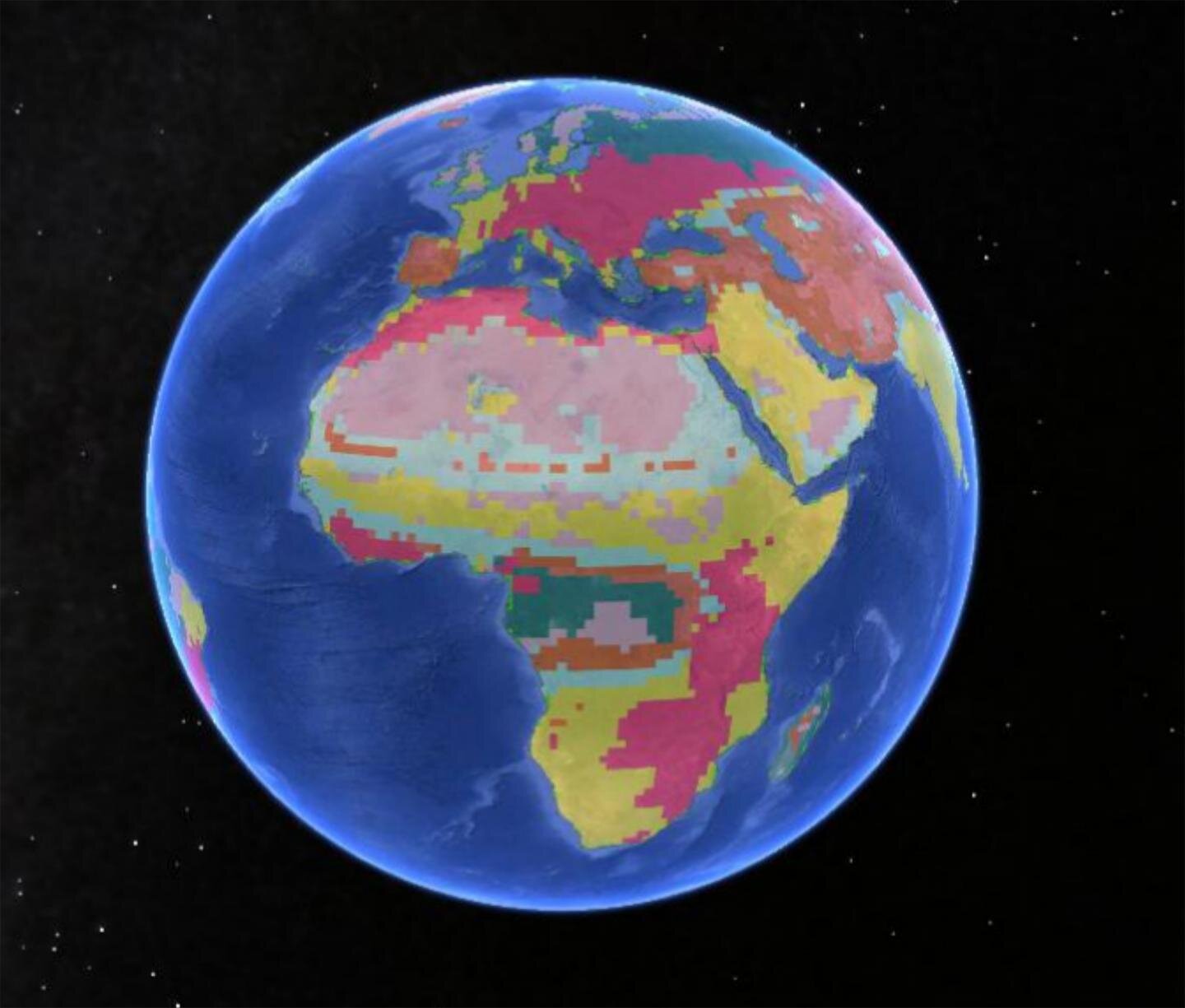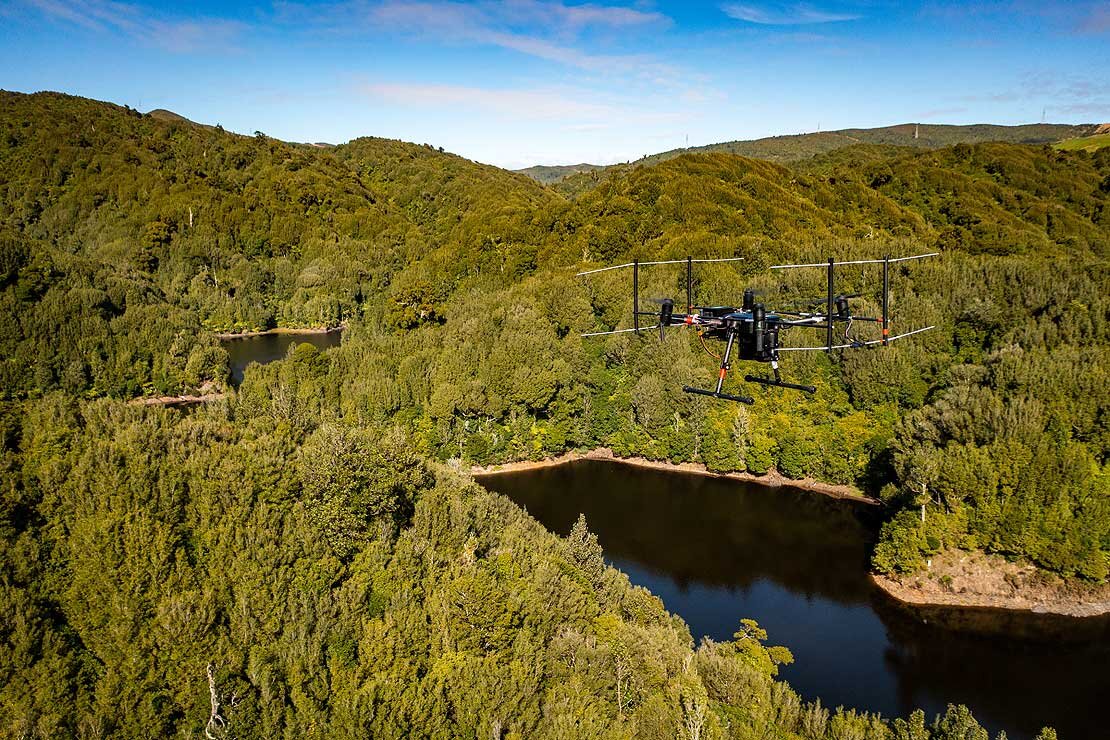#The distribution of vertebrate animals redefines temperate and cold climate regions

“#The distribution of vertebrate animals redefines temperate and cold climate regions”

The distribution of vegetation is routinely used to classify climate regions worldwide, yet whether these regions are relevant to other organisms is unknown. Umeå researchers have established climate regions based on vertebrate species’ distributions in a new study published in eLife. They found that while high-energy climate regions are similar across vertebrate and plant groups, there are large differences in temperate and cold climates.
Climate determines how life organizes across the world. Understanding which climatic conditions drive important changes in ecosystems is crucial to understanding and predicting how life functions and evolves.
Human well-being critically depends on the vertebrate diversity, and yet we don’t know enough about the climates that promote the organization of these species. We know for instance that dry environments promote the generation of deserts, and humid and hot environments allow evergreen forests to thrive. But what conditions drive the distribution of vertebrates like mammals, frogs, birds and more?
“To fill this gap, we studied the climates driving the organization of vertebrates on Earth. We developed a network-based approach that connects species to their preferred climatic conditions. Then, we searched for climatic conditions preferred by similar vertebrate species,” explains main author Joaquín Calatayud former post doc at Integrated Science Lab, Umeå University, and today working at King Juan Carlos University in Spain.
With this approach, the authors presented the climate regions that define the distribution of vertebrates. Climates with high-energy, such as deserts, tropical savannas, and steppes, were found to be similar across different groups of vertebrates and plants. This was not the case for temperate and cold climates. Regions characterized by those climates differed across all groups. For instance, warm-blooded birds and mammals define regions of polar climates that are not observed in the case of cold-blooded amphibians and reptiles. This suggests that inhabiting these climates requires possessing specific climatic adaptations that have not appeared in all groups.
“Our results indicate that specific climate classifications are required to study the ecology, evolution, and conservation of specific groups of species,” says Joaquín Calatayud.
This study can build the basis for a better understanding of climate-driven ecological and evolutionary processes, leading to better conservation strategies, the authors say.
“Do ecosystem functions or evolutionary processes vary among climate regions? Do climatic regions hold a similar conservation status? These are some of the questions that our results could help to answer.”
Plant genomes reveal the basis for adaptation to contrasting climates
Joaquín Calatayud et al, Regularities in species’ niches reveal the world’s climate regions, eLife (2021). DOI: 10.7554/eLife.58397
Citation:
The distribution of vertebrate animals redefines temperate and cold climate regions (2021, February 18)
retrieved 18 February 2021
from https://phys.org/news/2021-02-vertebrate-animals-redefines-temperate-cold.html
This document is subject to copyright. Apart from any fair dealing for the purpose of private study or research, no
part may be reproduced without the written permission. The content is provided for information purposes only.
If you liked the article, do not forget to share it with your friends. Follow us on Google News too, click on the star and choose us from your favorites.
For forums sites go to Forum.BuradaBiliyorum.Com
If you want to read more Like this articles, you can visit our Science category.



